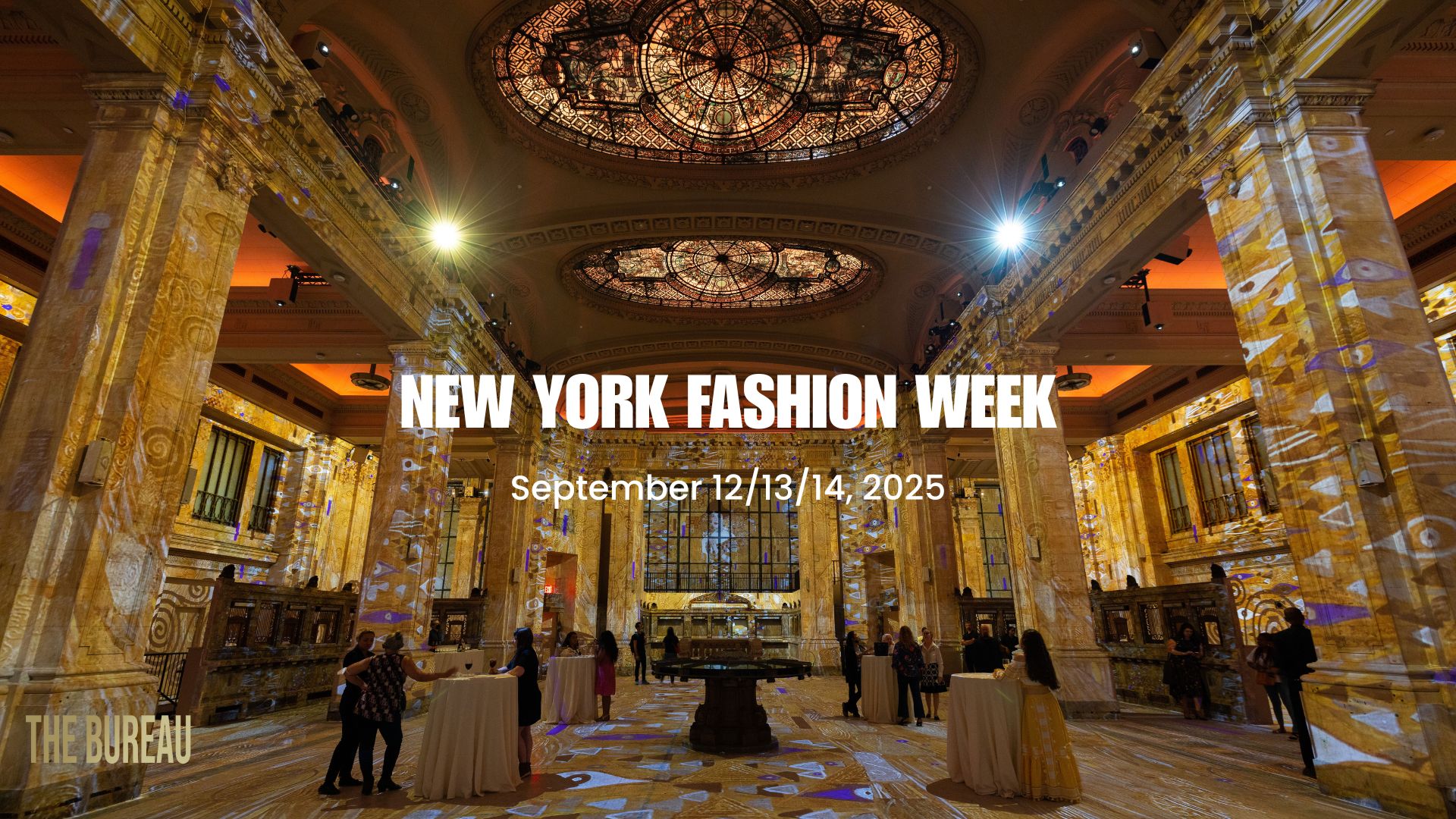How Fashion Seasons Influence Trends
Fashion is a dynamic industry, constantly evolving and changing. It’s a world where creativity meets commerce, and trends are born.
At the heart of this evolution are the fashion seasons. They dictate the rhythm of the industry, influencing everything from design to retail.

Understanding how fashion seasons influence trends is crucial. It’s not just about knowing when to wear what. It’s about understanding the cycle of creativity and commerce that drives the fashion industry.
This article will delve into the four pillars of fashion seasons. We’ll explore their historical context and how they shape the fashion week schedule.
We’ll also provide practical tips on how to attend New York Fashion Week and other major fashion events. Finally, we’ll look at the future of fashion seasons, considering the impact of sustainability and technology.
Join us as we unravel the intricate relationship between fashion seasons and trends.
The Four Pillars of Fashion Seasons
The fashion world revolves around four major seasons. Each plays a unique role in shaping trends.
Spring/Summer
Spring/Summer collections burst with life and vibrancy. Designers use lighter fabrics, bright colors, and floral patterns. These collections hit the runway early in the year, setting the tone for sunny months.
Fall/Winter
As temperatures drop, Fall/Winter collections emerge. Rich textures like wool and cashmere are prominent. Darker, muted colors and layered styles define this season, catering to colder climates.
Resort
Resort collections, sometimes called Cruise, target jet-setters who travel mid-winter. Introduced between Fall/Winter and Spring/Summer, these collections feature breezy, versatile pieces. They’re perfect for vacation wardrobes.
Pre-Fall
Pre-Fall bridges the summer heat and winter chill. These collections provide a taste of the trends that will dominate the coming months. They offer transitional pieces, blending summer and fall styles seamlessly.

Fashion Seasons at a Glance:
- Spring/Summer: Bright, light, floral
- Fall/Winter: Dark, warm, layered
- Resort: Breezy, vacation-ready
- Pre-Fall: Transitional, previewing fall trends
Each season’s distinct characteristics influence global fashion trends. They provide structure and predictability in an ever-changing industry. Understanding these seasons helps decode the complex language of fashion.
The Historical Context of Fashion Seasons
Fashion seasons have roots in haute couture. Historically, the elite would seek fresh styles periodically, driving the emergence of distinct seasons. This helped designers present new collections regularly.
The idea of seasons began in Paris. Haute couture houses showcased biannual collections, marking the Spring/Summer and Fall/Winter seasons. This tradition soon spread globally, influencing the entire fashion industry.
Over time, more seasons like Resort and Pre-Fall were added. These additional seasons addressed consumer demands for fresh styles year-round, reflecting societal changes and consumer habits. The historical context underpins today’s structure, guiding fashion’s cyclical nature.
Fashion Week Schedule: Setting the Trend Tempo
Fashion weeks are pivotal in defining the fashion calendar. These events occur biannually, setting the stage for upcoming trends. Designers unveil their collections, influencing styles for months to come.
The fashion week schedule revolves around key cities. New York, London, Milan, Paris, Los Angeles, Miami, and Dallas that lead the charge, each bringing unique flavor to the season’s offerings. These cities host both Fall/Winter and Spring/Summer showcases.
Here’s a typical fashion week sequence:
- New York Fashion Week (NYFW): February and September
- London Fashion Week: February and September
- Milan Fashion Week: February and September
- Paris Fashion Week: March and October
- Los Angeles Fashion Week: March and October
- Dallas Fashion Week: March and October
- Miami Swim Week: May
The timing of these fashion week dates aligns with retail cycles. This ensures that buyers and media can forecast and plan accordingly. Each city’s week has its signature, contributing to the fashion landscape.

Fashion weeks do more than unveil clothing. They bridge the gap between design and consumer, highlighting not just clothes but also the pulse of culture. This alignment is essential in tracking fashion trends.
How to Attend NYFW and Other Fashion Weeks
Attending fashion weeks like NYFW is a dream for many fashion enthusiasts. Access requires strategy, connections, and sometimes luck. Understanding the fashion week schedule helps in planning your attendance.
To get in, networking is crucial. Building relationships with industry insiders, designers, and media can open doors. Invitations to shows often depend on who you know.
Public events are another option. Some designers and brands host open shows or presentations, allowing wider access. Staying informed about these opportunities can increase your chances.
Finally, consider volunteering or internships. These roles provide behind-the-scenes experience and are a stepping stone into larger events. Whether through connections or roles, being part of fashion weeks enhances your insights into the fashion world.
The Impact of Fashion Weeks on Retail and Consumer Trends
Fashion weeks dictate what’s next in retail. They set the stage for upcoming consumer trends through runway displays. Retail buyers closely watch these shows to decide on future stock.
The transition from runway to retail involves quick adaptation. Retailers adjust their inventories based on the latest designs and colors. This swift shift ensures alignment with consumer demand.
Consumers also feel the impact directly. Social media and fashion influencers speed up trend dissemination, making runway styles accessible. Fashion weeks create buzz, influencing purchasing decisions worldwide.
Fashion weeks thus play a pivotal role in shaping consumer preferences. They drive the retail cycle from the runway collections to the store shelves.

The Role of Editors and Influencers in Trend Dissemination
Editors are vital in shaping fashion narratives. They craft trend reports, highlighting key pieces from fashion weeks. Their curated insights guide consumer choices and retail selections.
Influencers bring trends to life with their unique interpretations. They leverage platforms like Instagram and TikTok to showcase runway styles. Their personal flair makes high fashion relatable to everyday consumers.
Together, editors and influencers create a feedback loop. Editors provide authority and analysis, while influencers add relatability and reach. This collaboration is crucial in bridging the gap between the runway and the street.
Their combined efforts ensure that fashion trends are not just fleeting moments. They help embed these styles into culture, making them accessible to a wider audience.
The Evolution of Fashion Seasons: Sustainability and Technology
Fashion seasons are evolving with a spotlight on sustainability. Designers focus on eco-friendly materials to reduce environmental impact. They aim to create timeless pieces rather than trend-driven fashion.
Technology is reshaping how collections are presented. Virtual fashion shows emerged during the pandemic, offering immersive experiences. This digital shift expands accessibility, reaching global audiences instantly.
The rise of seasonless collections reflects conscious consumerism. Shoppers demand versatile clothing that transcends traditional seasonal divides. This trend challenges the industry’s typical four-season calendar.
Sustainability and technology foster collaboration across the fashion landscape. Brands embrace innovative practices, setting new benchmarks for the future.

4 Fashion Seasons and Dates: Men’s and Women’s Wear
Fashion operates on a four-season cycle. Each season introduces fresh styles for men’s and women’s wear. These seasons guide retailers and consumers alike in planning wardrobes.
Fashion Seasons and Key Dates
- Spring/Summer: January to June
- Fall/Winter: June to December
- Resort: November to January
- Pre-Fall: May to July
Men’s and women’s fashion follow similar seasonal timelines. Each season brings distinct trends and silhouettes. However, there are nuanced differences between the two.
Understanding these seasons is essential for designers and buyers. Each season’s uniqueness shapes the industry’s creative and business strategies. Adapting to this cycle is crucial for staying current.
Conclusion: The Future of Fashion Seasons
The fashion industry’s future is evolving rapidly. As consumers demand more, seasons may become less defined. Sustainability and technology are significant drivers of this change.
Traditional fashion seasons face challenges from climate issues and social movements. Designers must adapt to these shifts. Innovative collections are embracing seasonless designs to meet new demands.
The role of technology continues to expand, offering new opportunities. Virtual fashion shows and digital collections are changing how audiences experience fashion. As the industry evolves, the relationship between fashion seasons and trends will continue to transform, driven by creativity and consumer engagement.












